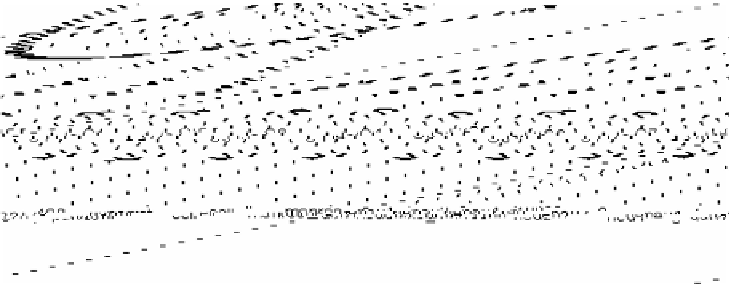Information Technology Reference
In-Depth Information
Fig. 40.
Retrieval of the case base
8 Conclusion
We have proposed a framework for model building in image processing by
meta-learning based on case-based reasoning. The model-building process is seen as a
classification process during which the signal characteristics are mapped to the right
image-processing parameters to ensure the best image-processing output. The map-
ping function is realized by case-based reasoning. Case-based reasoning is especially
suitable for this kind of process, since it incrementally allows learning the model
based on the incoming data stream. To find the right signal/image description of the
signal/image characteristics that are in relationship to the signal-processing parame-
ters is one important aspect of this work. In connection with this work one has to do
an intensive study of the theoretical, structural, and syntactical behavior [20] of the
chosen image processing algorithm. Based on this analysis we can propose several
signal/image descriptions. The selected image description should summarize the cases
into groups of similar cases and map these similar cases to the same processing
parameters. Having found groups of similar cases, these should be summarized by
prototypes that allow fast retrieval over several groups of cases. This generalization
process should allow building up the model over time based on the incrementally
obtained data stream.
Our theoretical study of different algorithms of the Watershed Transformation
showed that the WT produces different results if the image is rotated or rescaled. The
particular implementation of the algorithm puts constraints on the behavior of the
algorithm. As a result of our study we conclude that we need an image description
that describes the distribution of the regional minima and that is not invariant against
rotation and scaling.
We studied four different image descriptions: statistical and texture feature descrip-
tion, image description as a marginal description between columns, rows, and diago-
nals, similarity of regional minima in two images, and central moments.
Two image descriptions of the four image descriptions did not lead to any success.
The description based on statistical and texture features is useful but is invariant
against rotation and scaling. The best image descriptions are the description based
on statistical and texture features weighted and the description based on central

Search WWH ::

Custom Search